Creating the perfect enclosure for spiderlings requires careful consideration of their delicate needs and natural behaviors. Unlike adult spiders, these tiny creatures demand specialized setups to ensure proper growth, molting, and overall survival. The foundation of a successful spiderling habitat lies in understanding their vulnerability to dehydration, their limited hunting capabilities, and their instinctual need for security.
Ventilation and humidity form the cornerstone of any spiderling enclosure. These fragile creatures are highly susceptible to desiccation, yet excessive moisture can lead to mold growth or respiratory issues. Small deli cups or acrylic enclosures with fine mesh ventilation holes strike the ideal balance. The ventilation should allow for adequate air exchange while maintaining stable humidity levels. Many keepers achieve this by lightly misting one side of the enclosure every few days, creating a subtle moisture gradient that lets spiderlings choose their preferred microclimate.
The substrate choice plays a more significant role than many beginners realize. Coconut fiber or peat moss works exceptionally well for most species, providing both moisture retention and a natural texture that aids in the spiderling's comfort. The substrate depth need only be shallow - perhaps half an inch - as spiderlings rarely burrow deeply. Some arboreal species may benefit from a thin layer of moist paper towel instead, which makes monitoring their health and locating prey items considerably easier.
When considering enclosure decorations, less is often more. A single small piece of cork bark or a folded leaf provides adequate hiding spots without creating unnecessary space where prey might hide or spiderlings might become lost. The simplicity of the setup serves multiple purposes: it reduces stress by offering immediate shelter, makes feeding more efficient, and allows for easy observation of the spiderling's condition. For web-building species, adding a few small twigs or artificial plants can provide anchor points for their delicate silk structures.
Temperature regulation deserves particular attention, as spiderlings cannot tolerate the same fluctuations as their adult counterparts. Room temperature generally suffices for most species, but the enclosure should never be placed in direct sunlight or near heating vents. The small volume of air in spiderling enclosures means temperatures can change rapidly, potentially causing fatal stress. Many experienced keepers maintain a consistent ambient temperature between 72-78°F (22-26°C) for optimal growth rates without unnecessary risk.
Feeding strategies must adapt to the spiderling's miniature size. Flightless fruit flies (Drosophila melanactica) serve as the staple food source for most species, though some larger spiderlings might handle small pinhead crickets. The prey items should be no larger than the spiderling's abdomen to prevent injury or feeding refusal. Some keepers find that pre-killing prey initially helps hesitant spiderlings begin feeding. Feeding frequency varies by species, but generally 2-3 appropriately sized prey items every 5-7 days supports healthy growth without overstressing the spiderling.
Molting presents the most critical period in a spiderling's life, and enclosure conditions must support this vulnerable process. Increased humidity becomes crucial in the days leading up to a molt, which keepers can achieve through slightly more frequent misting. Disturbances should be minimized during this time - even vibrations from nearby movement can prove fatal to a molting spiderling. Many successful breeders place enclosures in low-traffic areas and resist the temptation to check on specimens suspected to be in premolt.
Cleanliness remains paramount in spiderling enclosures, though overcleaning can be as detrimental as neglect. Spot cleaning for uneaten prey items and molts should occur regularly, but complete substrate changes should be infrequent to avoid stressing the spiderling. The small size of the enclosures means waste accumulates quickly, necessitating a watchful eye. Some keepers establish a routine of checking enclosures every other day for maintenance needs.
Observation skills develop alongside the spiderlings themselves. The limited space of these enclosures actually benefits the keeper by making behavioral changes immediately apparent. A healthy spiderling typically remains alert, responds to vibrations, and maintains a plump abdomen. Any deviation from normal behavior - such as prolonged lethargy, a shrunken abdomen, or unusual positioning - warrants immediate attention and potential adjustment of enclosure parameters.
As spiderlings grow, their enclosure needs change gradually. The transition between instars (growth stages between molts) may require slight adjustments to humidity levels or prey size. Most species will need transferring to larger enclosures after several molts, but the move should only occur when the spiderling has hardened completely after a molt. Rushing this process often leads to escape attempts or injury. The art of spiderling rearing lies in anticipating these needs before problems arise.
Species-specific variations always override general guidelines. A jumping spiderling's needs differ markedly from a tarantula spiderling's requirements, just as desert species demand different conditions than tropical varieties. Successful keepers research their particular species' natural history thoroughly, replicating microhabitat conditions as closely as possible. This attention to ecological detail often makes the difference between mere survival and thriving development.
The psychological aspect of spiderling care shouldn't be underestimated. These creatures, while simple in neurology, do experience stress that can impact feeding, growth, and survival. Gentle handling during necessary transfers, minimal disturbance, and consistent conditions all contribute to reducing stress. Some keepers even use soft brushes or makeup applicators to coax spiderlings when movement becomes necessary, avoiding the damage that can occur with more forceful methods.
Documentation completes the circle of proper spiderling care. Keeping simple records of feeding dates, molting cycles, and behavioral notes helps identify patterns and predict future needs. This practice becomes especially valuable when rearing multiple spiderlings or attempting to breed difficult species. Over time, these records transform into invaluable references that refine the keeper's approach and increase future success rates.
Ultimately, spiderling enclosures represent temporary waystations in these creatures' development. The care invested during these fragile early stages pays dividends when the spider matures into a healthy adult. While the setup may seem excessively meticulous to outsiders, those who have witnessed the miraculous growth of these tiny predators understand the profound satisfaction of perfecting their miniature worlds. Each successful molt, each hearty meal taken, each incremental growth spurt stands as testament to the keeper's skill in mirroring nature's perfect design.
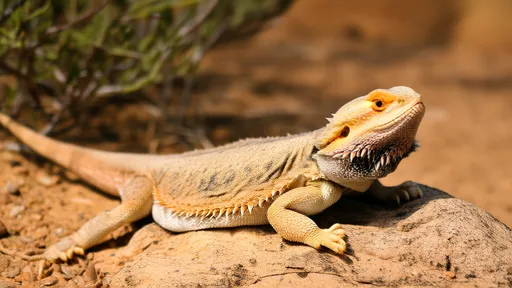
By /Jun 28, 2025
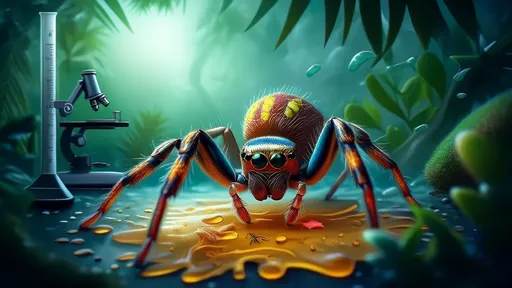
By /Jun 28, 2025
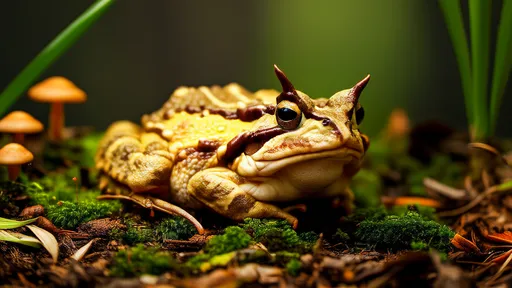
By /Jun 28, 2025
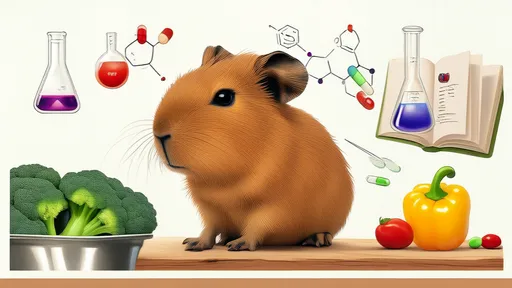
By /Jun 28, 2025
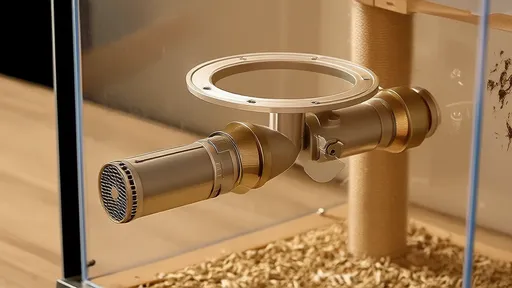
By /Jun 28, 2025
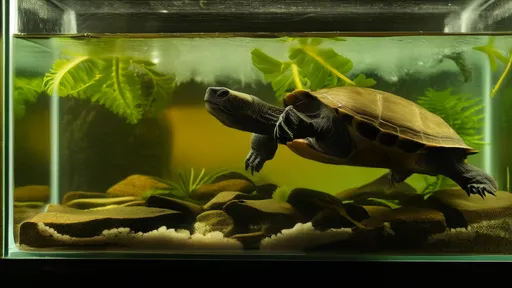
By /Jun 28, 2025
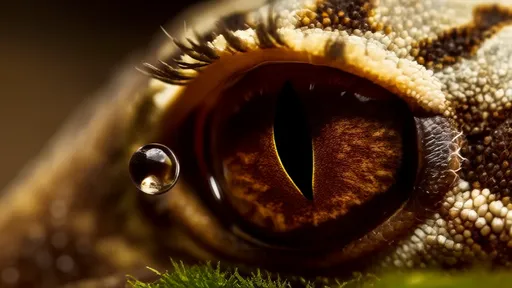
By /Jun 28, 2025
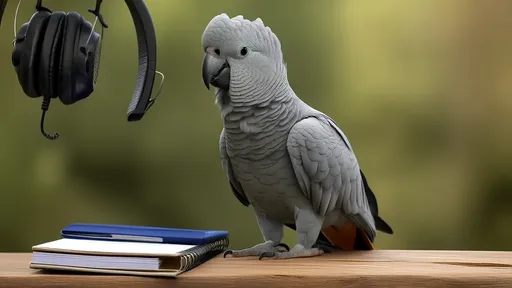
By /Jun 28, 2025
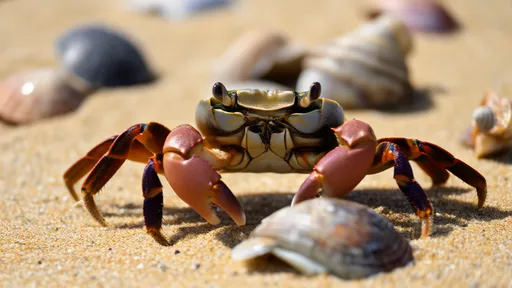
By /Jun 28, 2025
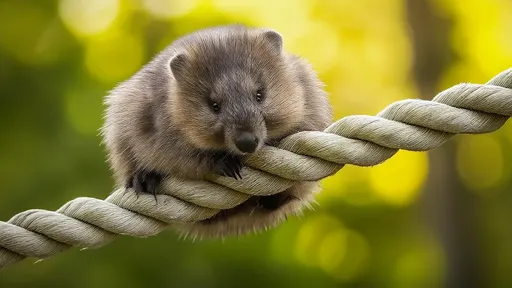
By /Jun 28, 2025
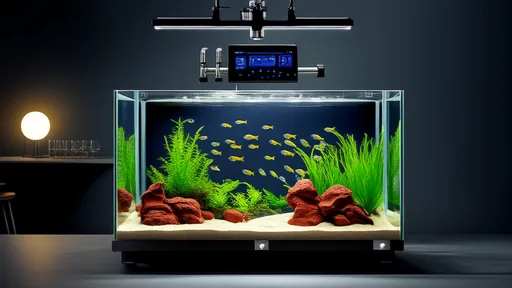
By /Jun 28, 2025
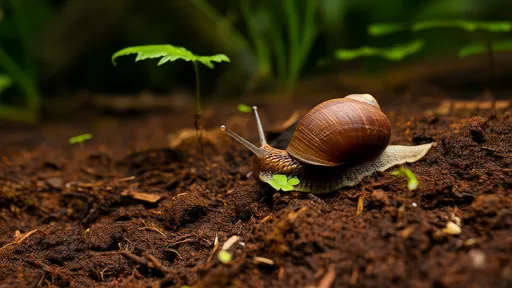
By /Jun 28, 2025
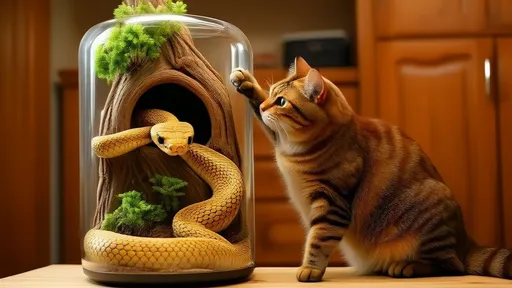
By /Jun 28, 2025
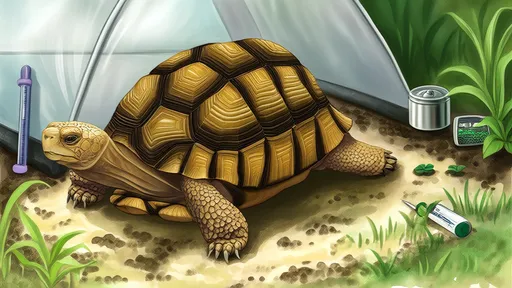
By /Jun 28, 2025
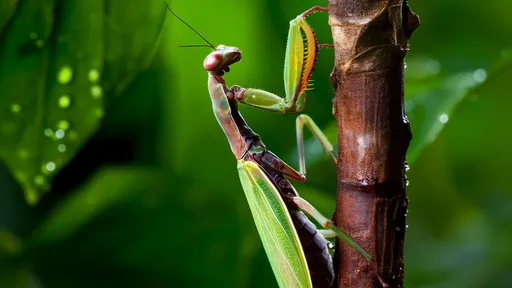
By /Jun 28, 2025
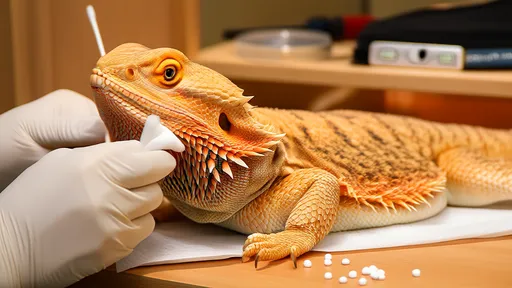
By /Jun 28, 2025
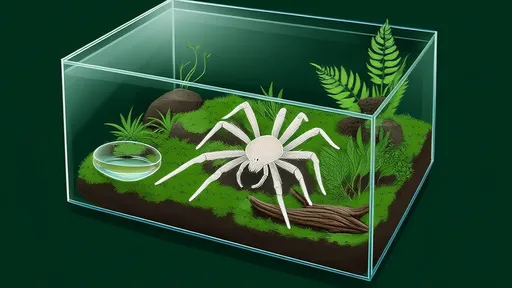
By /Jun 28, 2025